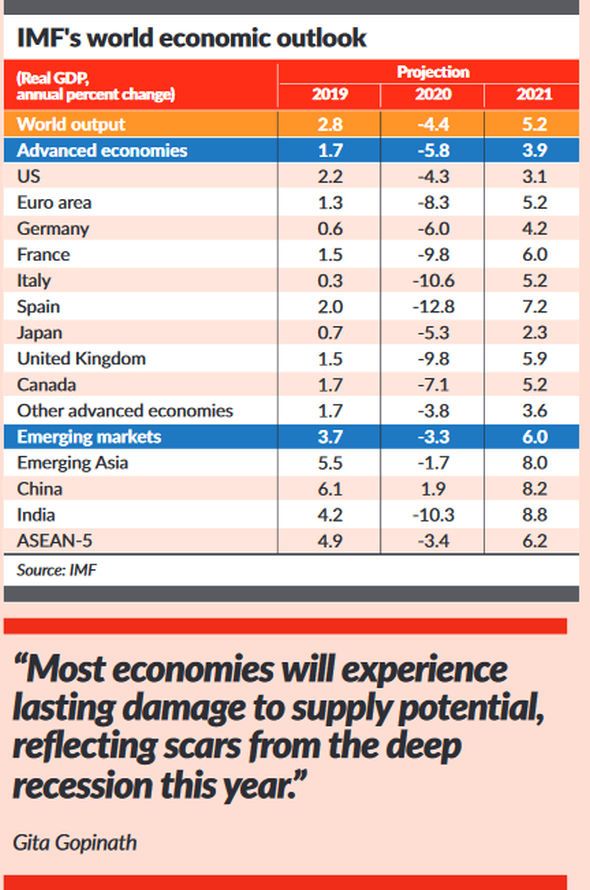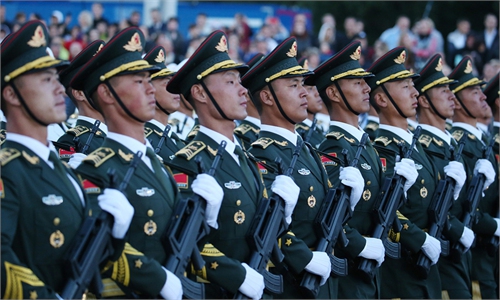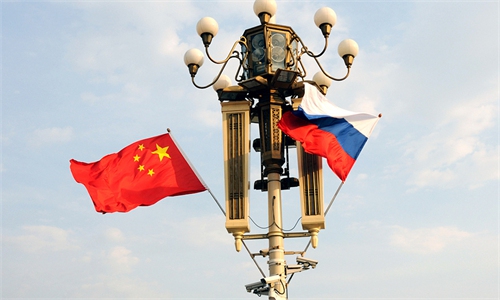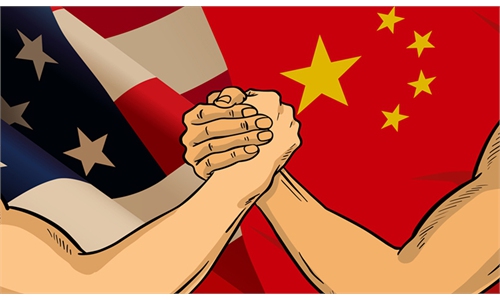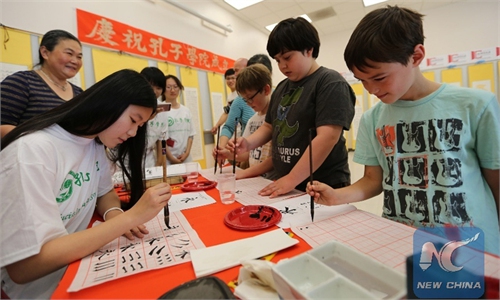PUTRAJAYA: The government has unveiled its sixth economic stimulus package, the RM20bil People and Economic Strategic Empowerment Programme (Pemerkasa), which, among others, will see targeted assistance given to the people and sectors still affected by the pandemic.
Focusing on 20 initiatives, Pemerkasa is also aimed at giving the economy a jump-start and to support business continuity, as the government reaffirms its commitment to care and listen to the people.
Unveiling Pemerkasa, Prime Minister Tan Sri Muhyiddin Yassin identified five focus areas to promote economic recovery – control the spread of Covid-19, accelerating economic recovery, strengthening Malaysia’s competitiveness, ensuring inclusivity by reducing development gaps within regions and communities, and transforming the economy.
Of the RM20bil under Pemerkasa, RM11bil is fresh fiscal injection by the government.
Muhyiddin said among the efforts in driving economic recovery was to revitalise the tourism and retail sectors which had been hard hit by the Covid-19 pandemic.
The Prime Minister said to alleviate the burden and to support the recovery of the tourism sector, the government would extend tourism tax and service tax exemptions on accommodation provided by hotel operators until Dec 31,2021.
“We will also extend tax incentives to tour companies until the year of assessment 2022, allow deferment of monthly income tax instalments from April 1 to Dec 31,2021 to companies in the tourism and industries such as cinemas and spas.
“The sector will also be provided entertainment duty exemption on admission fees to entertainment venues such as theme parks, stage performances, sporting events and competitions as well as cinemas in the Federal Territories, ” Muhyiddin said in a special address yesterday.
The scope of special relief on individual income tax of up to RM1,000 will be expanded to include expenses on travel packages provided by travel agents registered with the Tourism, Arts and Culture Ministry (Motac) while the HRDF levy exemption for affected businesses under the tourism and retail sector will be extended until June 2021.
Muhyiddin said in addition, the government had agreed to a one-off special assistance grant of RM3,000 to more than 5,000 tourism agencies registered with Motac.
The government will provide a one-off cash assistance of RM600 to homestay operators registered with Motac, which is expected to benefit more than 4,000 Malaysian Homestay Programme hosts or entrepreneurs.
“When most of us are vaccinated, the government will consider allowing interstate travel in stages and may even establish a special green lane for border travel involving air transport.
“At the moment, the government will need time to assess all the necessary aspects and weigh the risks before a decision is made, ” he said.
To assist cash flow and reduce operating cost for hotel operators, theme parks, convention centres, shopping malls, local airline offices and travel and tour agencies, a special discount on electricity bills of 10% will be extended for another three months until June 30.
The total cost borne by the government for this extension is RM135mil.
The Prime Minister said the Perikatan Nasional government remained committed to moving forward in planning various economic recovery strategies for the well-being of the rakyat.
“The government has done its level best to ensure that no groups are left behind from receiving government’s benefits.
“Perikatan as a caring government always listens and cares about the well-being of the people.
“This trust will be shouldered responsibly and sincerely for the sake of the people and the nation, ” he added.
Muhyiddin also urged the public to register for the Covid-19 vaccination, advising all not to delay because the sooner people get vaccinated, the sooner everyone can enjoy a normal life.
Related stories:
‘Risk based approach in travel restrictions the right step forward’
Helping hand for those most in need
Pemerkasa: Something all can look forward to
PETALING JAYA: The government’s People and Economic Strategic Empowerment Programme (Pemerkasa) includes hiring incentives and micro credit facilities to give a leg-up to the economic sectors most affected by the pandemic.
Prime Minister Tan Sri Muhyiddin Yassin said the government would allocate RM700mil to extend the Wage Subsidy Programme 3.0 for another three months, targeted at the tourism, wholesale and retail sectors.
Other sectors that were not allowed to operate during the movement control order would also benefit from this, he added.
“This initiative is expected to benefit 400,000 employees and 37,000 employers, ” he said.
Muhyiddin said the government would also enhance the PenjanaKerjaya 2.0 initiative under the Social Welfare Organisation (Sosco) by expanding the scope of hiring incentives to include temporary and gig workers.
This will include an allocation of RM300mil to assist 60,000 workers, where each worker will receive RM600 per month for a maximum of six months.
Employers offering short-term employment or gig service platforms registered with Socso will receive RM200 for each worker they hire.
The government will also extend the duration of PenjanaKerjaya’s apprenticeship programme to six months, where trainees undertaking this programme will be given an incentive of RM800 during their apprenticeship.
He said the government would continue to support the business continuity, especially local small and medium enterprises (SMEs).
“We will continue with the Prihatin Special Grant 3.0 (GKP) initiative to support businesses to recommence operations. Every eligible micro SME will receive a one-off assistance of RM1,000, ” he said.
.
“Micro SMEs that have not received the GKP prior to this can apply for GKP 3.0 beginning April 1. GKP 3.0 is expected to benefit more than one million entrepreneurs.”.
He added that the government would increase the allocation for small-scale projects in 2021 from RM2.5bil to RM5bil..
“Among the types of small-scale projects which will be reserved for G1-G4 class contractors are the repair of public infrastructure and facilities damaged by floods, road repairs, social amenities, repair of strata housing including the replacement of elevators at public housing, and constructing stalls in municipalities, ” he said..
The government would also simplify procurement procedures to expedite the implementation of projects, he added..
Under Budget 2021, the government approved an allocation of RM1bil for micro credit financing facilities..
As such, Muhyiddin said the government would provide an additional RM500mil for micro credit financing through programmes under Bank Simpanan Nasional (BSN), the National Entrepreneur Group Economic Fund (Tekun Nasional), Mara and SME Corp..
“Through BSN, a fund of RM300mil will be made available with a financing limit of up to RM50,000 and the interest rate reduced from 3.5% to 3%. The loan tenure will be for five years and loan repayments will only commence after the sixth month..
“For entrepreneurs from the informal sector, Tekun Nasional will be providing an additional fund of RM60mil, especially for the Informal Financing Scheme with a financing limit of up to RM5,000 for small businesses operating from homes, night markets and wet markets..
“The Tekun Mobilepreneur programme will also be expanded to finance the repair or purchase of new motorcycles with a financing value of up to RM10,000..
“To complement this initiative, locally assembled motorcycles with an engine capacity of 150cc and below will be given a 100% exemption on excise duty from April 1 to Dec 31 this year, ” he said..
Financing assistance of up to RM20,000 will also be provided for repairing vehicles and up to RM50,000 for the purchase of vans or lorries under the POS-prenuer programme from Tekun..
“Through Mara, the Prihatin Micro Business Financing Scheme will be implemented, focusing on assisting 1,000 bumiputra micro SMEs in sustaining their business..
“A total of RM50mil will be allocated with a financing value of up to RM50,000 at an interest rate as low as 3%, ” he said..
“Additionally, SME Corp will provide RM50mil to assist local SMEs to obtain financing of up to RM250,000 at an interest rate as low as 3%.”.




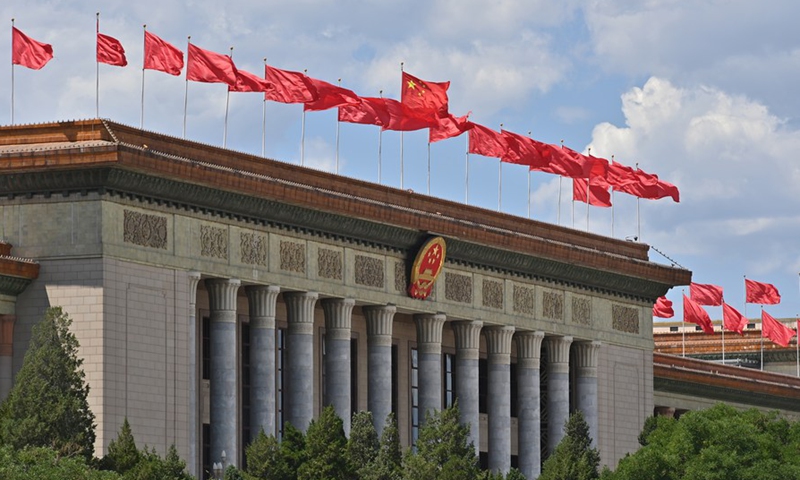









 The FM really got SHOCKED when LGE asked him whether the budget was approved by the cabinet. Watch the video.
The FM really got SHOCKED when LGE asked him whether the budget was approved by the cabinet. Watch the video.



